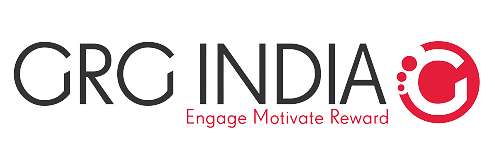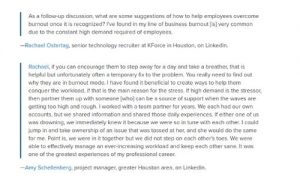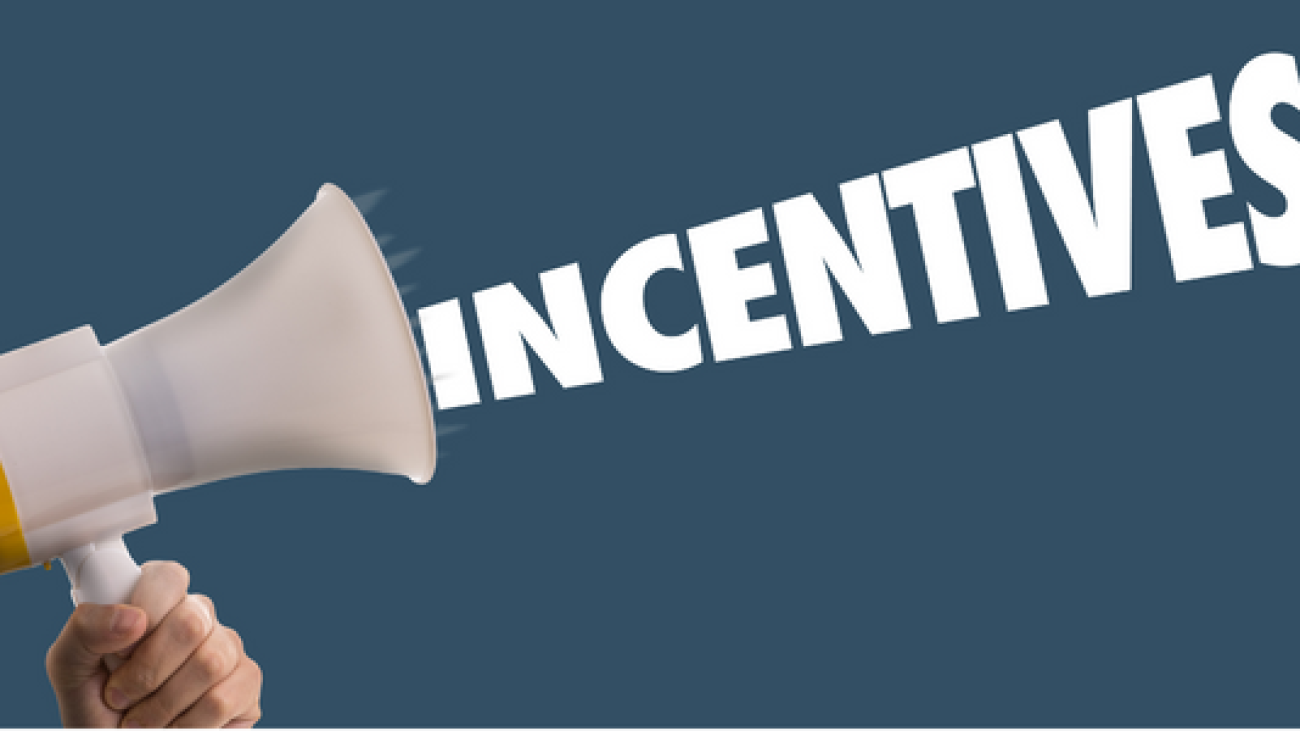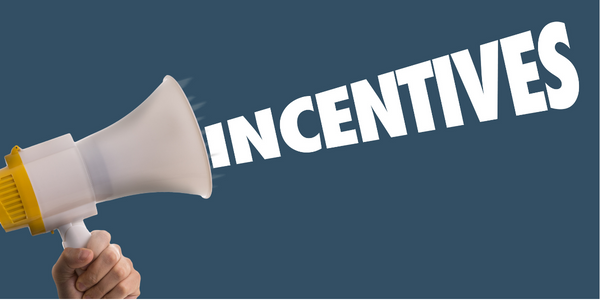CEO & Employee Engagement: 5 Mistakes to Avoid

How To Create a Company Culture That Illustrates Your Core Values

Start-up founders, first-time bosses and CEOs that have been in the corporate world for a long time have already witnessed that they have a huge role to play in Employee Engagement. The direct managers have learned the importance and are constantly in search of ways to increase it, HR leaders are taking more initiatives than before and senior management is changing their approach as they are well aware of the benefits it brings to the organization.
HR is not solely responsible for the success and failure of employee engagement anymore.
We now see CEOs taking an interest in the engagement but still fail to be an active part of it. The question is why? Where are they going wrong? Where are they lacking? Perhaps a good starting point might be to first understand what impact do CEOs have on employee engagement?
Why CEOs must take a closer look at the workplace culture?
According to McKinsey & Company, around 67% of new CEOs stated, wish they had moved faster to change the culture at their workplace. But they were still unclear on what to change as they were new to this position. Also, it is difficult to identify the cultural elements that are affecting their best talents.
Having said that, they also know that the best idea is to take constant action to fix the work culture before it impacts and spoils the employee relations; and therefore the overall employee engagement.
How the CEO can play an important role in Employee Engagement
It is given that CEOs main focus has been on financials and high-level strategy and they tend to leave the employee engagement in the capable hands of HR and senior management. However, this often results in poor knowledge about the on-ground people related challenges and oftentimes leads to loss of trust and confidence in the higher management. All the initiatives and hard work put in by HR gets unrecognized as what is missing is the inspiration factor. It has been observed that CEOs who inspire their workforce displays these three qualities:
- Establish a personal connection with employees
- Listen to employees intently
- Communicate the goals and vision of the organization with ease and clarity
Let’s take a look at how CEOs can avoid these 5 mistakes and turn their engagement game:
Communication is the key
Communication has always been an important factor that can make or break a relation whether personal or professional. It is observed that the message from management has been communicated via HR or the line managers to the employees, but they need to come directly from the CEO. Maybe not every time but once in a month or some of the important announcements or messages can be recorded and shared with everyone. This not only builds up a trust factor but also boosts employee morale.
Problem: One biggest mistake made by CEOs when communicating any message is that they focus more on numbers and statistics. The role of a CEO or any leader is to communicate a story that motivates and inspires their people to achieve the goal.
Action required from CEO: Cast a vision and start influencing.
The power of leadership recognition
Remember the saying- What gets recognized, gets repeated.
CEOs are constantly juggling to dictate their work culture, so they find it easier to delegate employee recognition to HR. However, it’s easier to promote the culture by performing or showcasing that culture in your day-to-day behavior.
Recognition is one such behavior that can be cascaded amongst your employees simply by appreciating people for their efforts either by walking up to their desk and putting a thank you card on their desk and appreciating how happy you are to have them in your organization or if your organization has a modern tool like social recognition platform then you can write a message on the platform for everyone to see and engage with it.
According to a recent study, when employees were asked how organizations can better support them through the Covid-19 pandemic, 35% of employees said they were looking for more recognition. Every CEO could have taken this situation as an opportunity to thank and recognize their employees who managed work even during this difficult time.
When recognition is done right and given on time, it is nothing less than a leadership superpower.
Problem: Often, CEOs do not give out recognitions directly and appear to be making a passive participation in motivating and appreciating their employees.
Action required from CEO: Ensure to stay in the loop about those employees who have gone the extra mile and appreciate them personally. This will motivate the non-achievers to achieve more.
Encourage employee voice
The workforce wants to be heard- are you there to listen to their feedback and take active action to bring positive results? If the HR and CEOs neglect this, they are damaging their entire organization. Around 10% of employees do not care much about it but 90% of employees are likely to move if their voice is not heard.
Having a forum and platforms alone won’t help if you are not taking any action on it.
Problem: HR ask employee through surveys but there are not constant follow up or action is taken.
Solution: CEOs can pick up some interesting opinions, suggestions or complaints and talk about it openly and assure the employees you will personally ensure that it is solved.
Individualize employee rewards and make them instant
Employee rewards system should reflect your organization’s culture. Having a reward system in place that is aligned and rewards that are valued by your employees should be of utmost importance. Deloitte found out that 23% of respondents reported that they didn’t know what kind of rewards their employees value.
The CEO must understand what motivates their employee and accordingly plan out their reward system. Another important factor after the value is distribution. A reward delayed is a reward denied. Do not let your employees wait for too long as it will take away the motivation and happiness.
Problem: CEOs do not pay much attention to the reward system and are only concerned about the presence of rewards in the workplace.
Solution: CEOs can introduce a point-based reward system that is transparent and also, give an option to employees to select a reward of their choice. With digital rewards, employees can receive their rewards instantly.
Work towards the well-being of workers
Every business is established to earn profits. Some are also aiming to change lives. Being the change-maker by doing something great for the environment, community, or even for the employees is a great initiative.
Problem: CEOs focus majorly on making profits and forget to take care of their people.
Solution: Focus on keeping your employee happy.
Being a CEO makes you responsible for everything.
Building a workplace that is motivated doesn’t happen overnight. It is the job of the CEO to ensure that their employees are engaged and motivated. If you take the responsibility for the errors and actively participate in encouraging your people it will add as an example and make your employees build trust and confidence in you and your company. The above mistakes have been repeated by almost every CEO and it has led to the failure of engagement and weaken workplace culture as well as even resulted in the failure of the business as a whole.
We recommend every CEO to take active participation in employee engagement either alone or by teaming up with the HR leaders and drive a motivated workforce.
Business values can heavily influence your brand identity and how outsiders view your company. It is therefore imperative that a company has very firm values and the same is embodied in all aspects of their business.
Let’s begin with a quick recap of what we know about values. Values are individual belief systems that motivate people to act one way or another. They serve as a guide for human behaviour. Generally, people are predisposed to adopt the values that they are raised with. Ethical decision-making often involves weighing values against each other and choosing which values to elevate. Conflicts can result when people have different values, leading to a clash of preferences and priorities. Some values have intrinsic worth, such as love, truth, and freedom. Other values, such as ambition, responsibility, and courage, describe traits or behaviours that are instrumental as a means to an end.
As an individual, values essentially serve as a guide to growth and development. They help us create the future we want to experience. Much like individuals, organizations also need values directed towards a specific purpose, be it growth, development or business success. These cannot be attained in the absence of a strong value-based organizational culture that embodies it’s core values.
Strong value-based work culture is a precursor to business success
Organisations are involved in making hundreds of decisions every day. The decisions they make are a reflection of their values and beliefs, and they are always directed towards a specific purpose. That purpose is the satisfaction of organizational needs. Organizational values reflect how your organization operates in the business world. Successful organizations develop and follow their organizational values.
For instance – Walt Disney; it is not just among the most recognizable brands in the world, they also are the kindest community on the planet. A brand which is almost synonymous with magic, Disney extends the magical experience even to its employees as a part of the company’s culture. (quoted from surveysparrow blog-7 Fabulous Organizational Culture Examples You Can Learn From!)
What Sets Them Apart: Unparalleled heritage, pride and culture, wonderful community, amazing growth opportunity, and a creative atmosphere sets them apart, says a Disney employee. Disney only hires people who align with what their brand stands for. The organizational benefits of being a Disney employee include access to Mickey’s Retreat (an exclusive area accessible only to Cast Members and their families), generous discounts on Disney parks, hotels and merchandise, incentive schemes and private healthcare. Takeaway: Disney strives to make every place the happiest place to work and is compassionate towards each other. People can tell when their company cares for them and in Disney’s case, employees care back!
It was Peter Drucker who famously said that Culture eats strategy for breakfast’. No kidding. A work culture can absolutely be the deal-breaker or decisive factor when it comes to defining a company’s success. Great company culture just doesn’t happen on its own. It’s more than mere fun and games. It’s beyond the inspirational quotes and artwork chalked onto the pillar, glowing customer recommendations lining the walls, and bean bags littered across the floor. All that is nice and makes life more pleasant, but it does not change the core of who you are as a company. Great organizational work culture is more than paychecks, fun, and perks.
HOW TO CREATE A CULTURE AROUND YOUR CORE VALUES
Company culture is a difficult concept to put into words but it is synonymous with your business environment. Good company culture takes years to develop, but there are some steps that you can take today to get this plan in motion:
1. Pin Down your core values:
Alright! First things first, you need strong core values to set up the base for your company’s culture. Your core values need to be established and ingrained in your company if you are to have a successful company culture. If your core values are not defined, there will be no culture. In the absence of a defined culture, organizations usually form their own culture, which is not based on values and best practices. This can be detrimental to the business image in the long run.
“When I began my startup, I did not have any set values. Personally yes, I had a set of values I operated upon, but however, it didn’t seem necessary to establish company values at such an early stage. Eventually, my business grew and so did my team. I now started seeing the challenge of encouraging the team to make decisions, based on the values I personally embody as guidelines. This became an even bigger challenge with employees who operated remotely. I finally realized the importance of having set company values. However, I kept putting it off since I didn’t know where to begin. But once I sat to actually pen down Moneyjar’s values, it didn’t take more than 15 mins” – Rohan Agarwal (Co-Founder Moneyjar)
To create your business values, think about your personal values, business objectives and align them to match it with your workforce potential. See which value-based decisions have kept you on your growth track and which have helped your employees perform better. Keep the ones that serve your indicators of success and match the goals you have chalked out for your business. A quick search on google with also reveals a great set of values you can imbibe. Go ahead if that suits you, however, remember your values must be tailor-made and should not be more than 3-4 in number.
2. Identify behaviours that demonstrate these values:
Once you have nailed down your core values, you must bring it into action. Sometimes organizations may be operating under unspoken core values, communicate them formally to the workforce and practise it daily. Daily reinforcement is the best way to form a habit. Identify touchpoints to remind them of these values. Everyday things like setting business hours, determining employee benefits and internal communication with employees, reflects your culture. So, ingrain your values in these decisions from the start.
Establish Key Behavioural Indicators that demonstrate your core values. For instance, If you are a customer service based company which has adopted “Going the extra mile to achieve customer satisfaction” as a core value, your employees must embody the same value and must be willing to go that extra mile whenever the opportune moment surfaces.
For example, you have probably heard of the Ritz-Carlton, a hotel chain known for their great customer service. On one particular visit, a mother together with her two children had spent a few days there on vacation, and when they got back home, her son discovered that his beloved stuffed giraffe, Joshie, had gone missing. The boy was devastated, so his parents decided to tell him that “Joshie is just taking an extra-long vacation at the resort.” This conversation was overheard an attendant at the front desk and he took it upon himself to ensure they leave happy. That very same night, the Ritz-Carlton called to tell them that they found Joshie. The relieved parents asked if the staff would mind taking a picture of the giraffe at the hotel to authenticate a fabricated “long vacation” story. After a couple of days, the parents received a package with Joshie and a bunch of pictures that proved Joshie’s prolonged holiday. (quoted from Brand24 blog) (once again keep the formatting same across sections and while quoting another blog also add the link)
Organizational culture depends largely upon the behaviour of its employees. So you must ensure that employees behave in a fashion that resonates your core values. Not just existing employees, but even new hires should be done keeping in mind the core values, so it becomes easier to integrate them into the organizational setup. Many companies have started carrying out an interview with a culture fitment angle to ensure the right candidate is hired.
3. Induct all employees into the values:
When bringing on new employees or when you update your company values, don’t skip onboarding and training. These are great opportunities for you to set the tone. Talking about your core values periodically can also help you to implement them in your corporate culture. You can send out monthly newsletters that showcase employees who are successful in following your business’s values. Also, you can bring up core values in goals meetings and determine whether you are reaching goals., You can discuss core values during employee performance reviews. Don’t let them get cosy in the corner of your small business. Frame them and hang them on the wall for employees and customers to see. Post them on your website, on your social media pages, and on any other digital front, you can. Many companies proudly display their core values on video walls or television screens in the frontal view of the office, to ensure both employees and customers understand them. Customers/ employees can get an idea of what the organization’s culture will be like basis the values displayed and take decisions accordingly.
4. Reward employees when they act as per the desired behaviour:
So the values are set, the employees are inducted and business is great! It’s no wonder these thoroughly thought out core values worked like a charm. If you’re thinking you’ve created your business Utopia, think again! Is it enough to just establish a successful culture? Employee Recognition plays an important role when it comes to building a company culture. Once the values are set and let’s say employees strive to adhere to them, then as an organization, it becomes your responsibility to recognize these efforts and reward these behaviours. These values help gauge the performance of employees and recognize their efforts in order to keep them engaged. Acknowledging and rewarding value-based behaviour encourages the employee to perpetuate this behaviour throughout his/her tenure with the organization. When these behaviours are rewarded it creates an emotional connection between the employee and company and they achieve a state of synergy and eventually attain employee engagement.
In today’s day and time, employee recognition can be also done digitally which also allows business owners to track individual performance and measure it against core values and reward employees. Such unique platforms provide superior employee engagement, not just among superiors and subordinates but also enhance peer-to-peer engagement. For instance, Let’s Buzzz platform allows peer-to-peer employee appreciation model, where employees across departments and ranks appreciate and recognize fellow employees for demonstrating certain behaviours by buzzing about it and thereby creating a chain reaction of acknowledgement and occasionally nudging whenever a core value is displayed, which in turn leads to driving a value-based culture. Core values are beliefs your business must follow in all aspects of its operations, be it marketing, human resources, administration and finance. They guide decision-making and define what your business stands for. But, if you and your employees fail to uphold your core values, you could face bemused or disappointed customers.
























